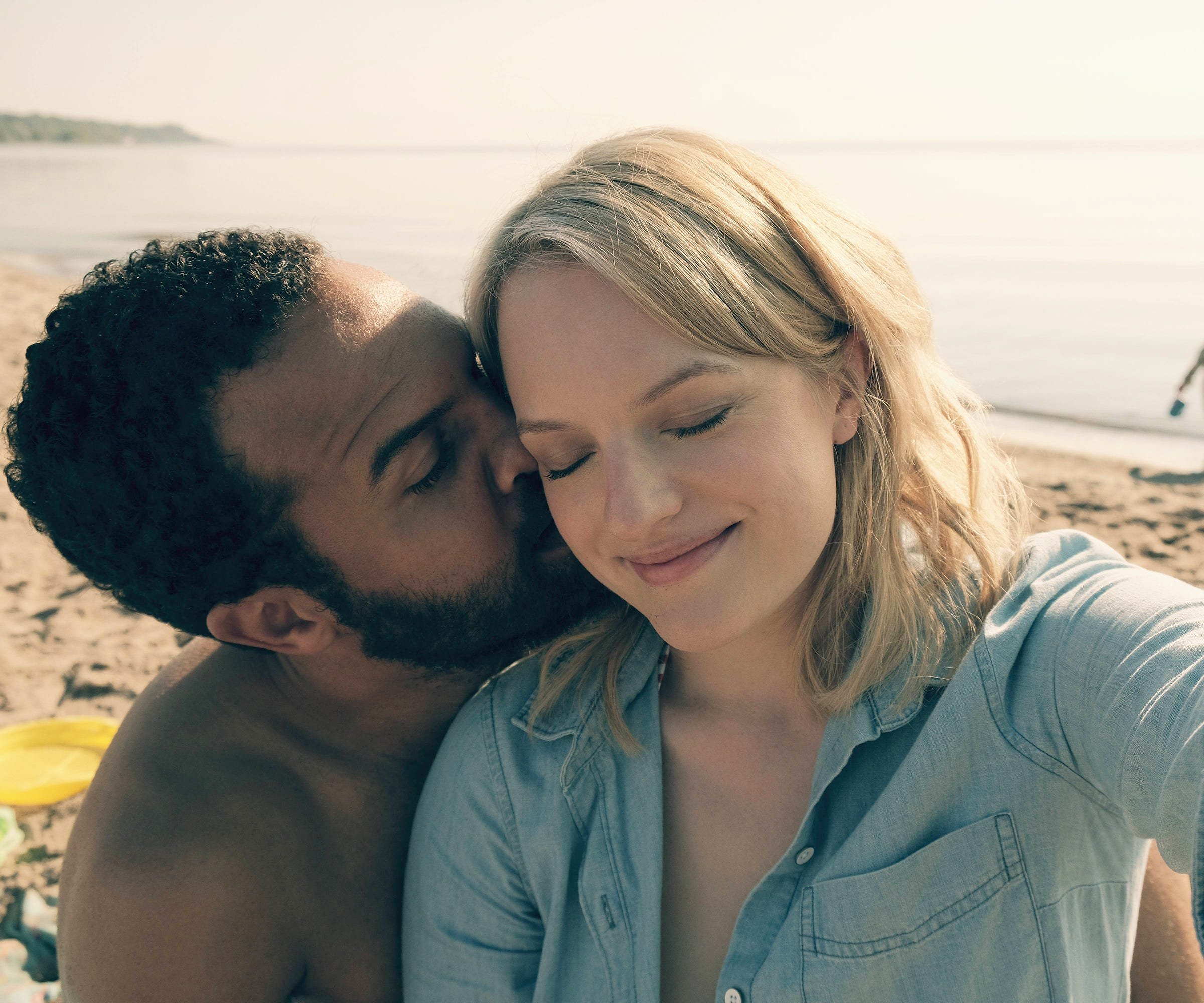Love is (Not Color) Blind
Have you noticed all the interracial couples on your television and movie screens lately? While American “anti-miscegenation” laws were banned in 1967 thanks to Loving v. Virginia, the happy couples we saw in popular culture did not immediately change. For nearly a half-century, these couples were almost always partnered with someone of the opposite sex, but the same race (with notable exceptions like The Jeffersons – thank you, Norman Lear). Now, we’re seeing interracial couples everywhere. In the US, only 0.7% of all marriages were between interracial couples in 1970. In 2008, the percentage was 3.9%, which is both a quadrupling in less than forty years, but also a small number (and, obviously, almost exclusively heterosexual).
I couldn’t find the percentages as they relate to interracial couples (whether dating, married, purely sexual, etc.) in popular entertainment, but it just feels like more than 4 percent. Interracial couples are featured prominently in Blacklist (Netflix), New Amsterdam (NBC), The Handmaid’s Tale (Hulu), Crazy Ex-Girlfriend (CW), even The Walking Dead (AMC), and countless other shows. In their latest movie iteration, Spider-Man and his girlfriend MJ are an interracial couple, as are Owen Wilson and J.Lo in the new rom-com Marry Me. And of course, commercials are doing it too; interracial couples are selling everything from State Farm insurance to clothes by Old Navy to Hyundais. Even on Broadway, the producers of Harry Potter and the Cursed Child cast a Black woman to play Hermione Granger, transforming the Granger-Weasley home into a multi-racial family.
O-T Fangbenle and Elisabeth Moss in a rare happy scene from The Handmaid’s Tale (Hulu).
Now, lest you misunderstand, I think this trend is mostly great, and a definite sign of progress. Furthermore, I believe the progress belongs to us, not the executives who run movie studios, television networks, streaming services, and advertising agencies. We should always remember that while these folks employ artists who care about art, they are businesspeople who care about turning a profit. Therefore, what we see on our screens is never a push to change hearts and minds, but a reflection of the fact that we’re already there.
And yes, our hearts and minds are not where they used to be. Even though most couples in the US are still same-race, 94% of Americans polled in 2021 say they approve of interracial marriage. Back in 1958, when Richard and Mildred Loving said their vows illegally in Virginia, that number was around 4%. Therefore, including interracial couples in the stories we seek out and even the advertisements we try to avoid makes good business sense. A whopping majority of us don’t care, and a not-small portion of that number probably feels a tinge of moral superiority based on their very liberal stance every time one of these couples appears before them.
But this is why I think it’s “mostly” great. Certainly, it provides more opportunities to actors of color, who want to play romantic leads and interesting characters. Unquestionably, it normalizes interracial relationships. But I wonder when we’ll see most, or even some, of these relationships depicted realistically. And by that I mean: when will we see these couples actually talk about race?
As someone who has been in an interracial relationship myself, let me assure you: race is something that interracial couples talk about … A LOT. It’s a dynamic that must be navigated constantly. Two people of different racial backgrounds are going to see the world in very different ways, and those differing worldviews create conflict – which doesn’t have to look like fighting, but always means lots of conversation.
And the interracial relationships we see in pop culture seem to have one defining feature across the board: no one ever talks about it. In the recent And Just Like That … on HBO, much was made of Miranda leaving her husband to enter a queer relationship. But no one ever addresses the fact that her new paramour was Latinx. In the new film Death on the Nile, three of Agatha Christie’s white characters are cast with actors of color (awesome). Two of the characters talk about how their race impacts their outlook on life (great). The third is a Black woman in a romantic relationship with a white man … in 1937. NINETEEN THIRTY-SEVEN. Several characters have opinions about the couple, pro and con, and NO ONE MENTIONS THEIR RACE, not once.
I hope we’ll continue to see more interracial relationships on screen. It’s a good look, and a smart business move. But so far, the look is all surface and no substance. Soon, I hope, writers and studio executives alike will have the courage to stop congratulating their viewers for being so tolerant. After all, most of us don’t deserve universal praise when it comes to race. Instead, they should start challenging us by depicting the realities of loving someone of another race. That’s some progress I’d like to see.


